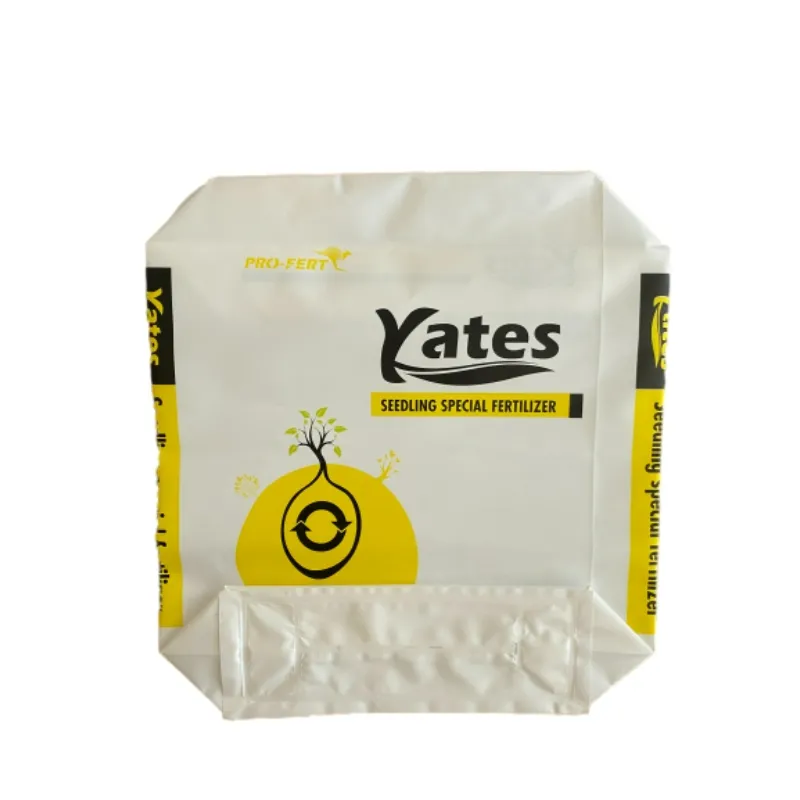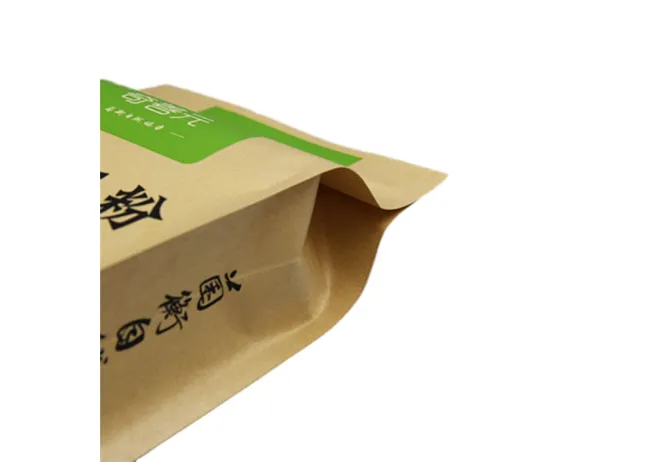In the ever-evolving world of consumer goods, the integration of technology and innovation is changing the face of everyday products.
One intriguing development is the use of polyethylene terephthalate (PET) in food packaging. This material is revolutionizing the way food products are preserved, packaged, and presented to consumers, providing numerous benefits that enhance both the retailer and customer experience.

PET, known for its exceptional strength-to-weight ratio, clarity, and flexibility, has become the preferred material for food packaging solutions. Companies are increasingly turning to PET due to its ability to maintain food quality and extend shelf life, attributes that make it unique in the packaging industry. PET packaging creates a protective barrier to oxygen, moisture, and other external factors that can compromise the integrity of food products. This ensures freshness and prolongs the usability of perishable items, which is crucial for both retailers and consumers looking to reduce waste and increase cost efficiency.
Expert manufacturers are utilizing cutting-edge technologies to produce PET packaging that is not only highly functional but also aesthetically appealing. The transparency of PET allows for a clear view of the food inside, which is a significant advantage in a market where visual appeal can heavily influence buying decisions. Customers are more likely to trust and purchase products that they can see, making PET a powerful tool for marketing and brand recognition.

From an environmental perspective, PET packaging is gaining recognition for its sustainability. It is fully recyclable and can be converted into a multitude of new products without a significant loss of quality. This characteristic resonates with the growing number of environmentally-conscious consumers who prioritize sustainability when making purchasing decisions. Companies using PET packaging are not only enhancing the consumer experience but are also demonstrating a commitment to environmental stewardship, thus elevating their reputation and credibility in the market.
In terms of safety, PET has been rigorously tested and approved by food safety authorities around the world, including the US Food and Drug Administration (FDA) and the European Food Safety Authority (EFSA). These endorsements provide consumers with the assurance that PET packaging is safe for daily use with food products, which is paramount in building trust between brands and their customers. Furthermore, PET’s resistance to chemical leaching and its ability to withstand physical impact without breaking make it a reliable choice for securely packaging food items.
pet in food packaging
Field experts suggest expanding the application of PET to more innovative packaging designs, such as resealable bags, portion control containers, and multi-compartment trays. These advancements can further improve utility and convenience for consumers, aligning with modern lifestyles that demand ease and efficiency. Such innovations not only enhance user experience but also open new avenues for businesses looking to differentiate themselves in competitive markets.
To harness the full potential of PET in the realm of food packaging, companies should focus on continuous research and development. By collaborating with material scientists and packaging engineers, businesses can innovate and develop new PET-based solutions that meet evolving consumer needs and regulatory standards. This proactive approach can position a company as a thought leader in the industry, known for pioneering the next generation of sustainable packaging solutions.
Investing in PET technology not only signifies a commitment to quality and innovation but also acts as a strategic move to capture a larger market share. Brands that leverage the benefits of PET packaging can deliver a superior product experience, foster customer loyalty, and ultimately, drive growth and profitability.
Therefore, as the landscape of food packaging continues to evolve, PET remains at the forefront, offering a blend of quality, safety, and environmental responsibility. Its adoption is instrumental in navigating the challenges of modern food distribution, ensuring that products reach consumers in optimal condition while minimizing ecological impact. Businesses and consumers alike stand to benefit from this versatile material, making PET an indispensable component of the food packaging industry’s future.